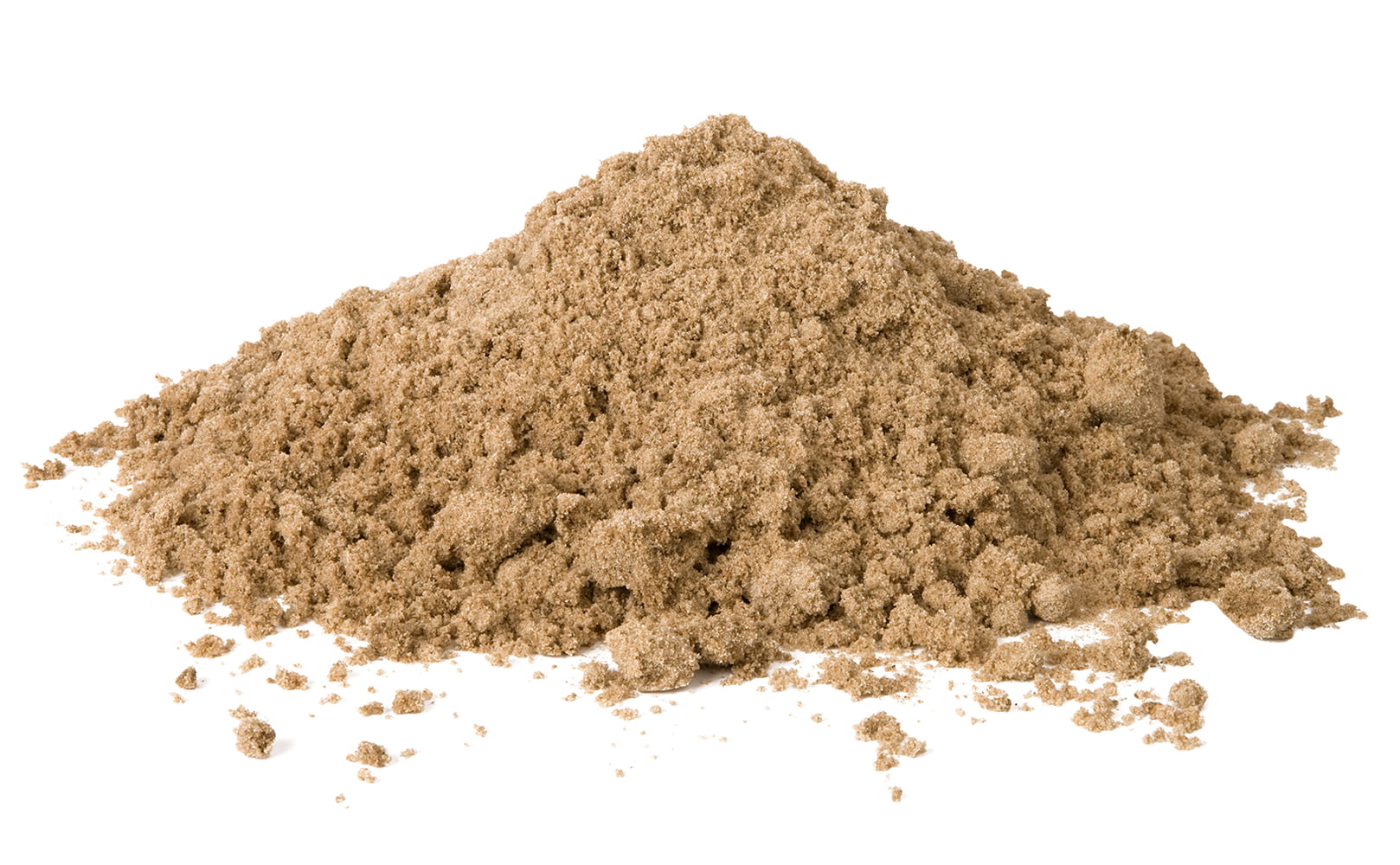Learn How to Make a DIY Sand Filter for Well Water!
Written by: Gene Fitzgerald // Last Updated: Oct 28, 2022
This page may contain affiliate links. If you buy a product or service through such a link we earn a commission at no extra cost to you. Learn more.
If you want to filter your home’s well water but don’t want to spend a lot of money on a proper filtration system, a DIY solution can also work in a pinch.
While it may not be as performant as commercially available filters, it’s still better than nothing and can help remove various contaminants from your water supply.
A DIY sand filter for well water can be created with the help of a large plastic barrel and some other supplies. Read on to find out what you need to do.
Key Takeaways
- Gather the necessary tools and supplies (see list).
- Wash sand and gravel.
- Prepare a piece of hard tubing with a length equal to the diameter of the barrel. Cut out holes along one side of the tubing.
- Cut out a hole at the bottom of the barrel for the tubing to fit through and insert with the holes pointing upwards.
- Fill the container with at least a few inches of gravel. The larger bits of gravel should go at the very bottom, with the finer ones at the top.
- Add sand. Do this in increments to allow the sand to settle before adding more. (Tip: Fill the container with water as this will make it much easier to distribute sand evenly and prevent it from clumping up.)
- Keep adding sand until you have just a few inches of free space at the top.
- Connect the DIY sand filter. The top of the barrel can stay open, or you can run a hose into it. The output should connect directly to your plumbing.
Step 1: Drinking Water Testing for Contamination
You should always begin by testing your water supply for contamination. If possible, don’t use those cheap DIY kits from the store either – get a proper water test using a qualified laboratory service. This will let you know what types of contaminants you’re dealing with exactly, and in what amounts.
You can then use this information to decide whether a DIY sand filter will be an appropriate solution for you at all. While sand filters are good at removing some well water contaminants, they don’t cover the full spectrum – far from it.
Thus, if you’re dealing with more heavily contaminated well water, you may still want to invest in a professional solution instead.
What Else to Consider When Making a DIY Sand Filter for Well Water
- You must design your DIY sand filter around a suitable flow rate that works for your household. Obviously, larger homes with more people living in them require larger flow rates.
- You must also pay attention to how cloudy the water coming into the filter is. If it contains mud or other similar contaminants, it can easily clog up your filter very quickly.
- Next, it’s important to have a steady supply of water. Slow sand filters work best when water runs through them non-stop. This means that you have to compensate for any dry periods by manually running water through the filter to maintain it in a good condition.
- Finally, pay attention to where you’re installing the filter. If you’re using a larger barrel – as you should – the filter will be very heavy once it’s full of water. You can’t drain it without destroying its filtration properties, so it will be practically impossible to move once it’s been installed.
How to Make a Sand Filter for Well Water
If you’re interested in creating your own sand filter for well water, here is how to go about it. As we mentioned above, always start by choosing a suitable location, treating it as permanent. It will be practically impossible to move that filter without destroying it after it’s been put in place.
You don’t necessarily need to place it indoors. Keeping your filter outdoors can allow you to harvest some rainwater in addition to your well water, though this might not always be optimal (for example, if there’s a high risk of debris falling into the filter on a regular basis).
Tools and Supplies You’ll Need
- Large plastic barrel – ideally over 50 gallons
- Sand
- Gravel
- Shovel
- Knife
- Tubing
Wash Your Sand and Gravel
It’s important to thoroughly wash the sand and gravel you’re using in this DIY filter in order for it to work properly. This must be done before actually using them to fill the container. Keep washing the sand and gravel until you don’t see any muddying in the water that comes out.
You don’t need to let them dry after this point, as you’ll be getting them wet soon after that anyway.
Create Connections in the Container
Prepare a piece of hard tubing with a length about equal to the diameter of the barrel. Use the knife to cut out holes along one side – it should look something like a flute. Cut out a hole at the bottom of the barrel large enough for the tubing to fit through. Insert the tubing into the barrel so that the holes are pointing upwards.
This is how water will drain out from the barrel and into your water supply. Don’t make the holes too large or they may let bits of sand and gravel through.
Fill the Container
Now it’s time to start filling the container with sand and gravel. It’s a good idea to fill it with water first. This will make it much easier to distribute the sand more evenly and prevent it from clumping up (which can cause problems with the filtration effectiveness).
Gravel goes first. Add gravel to the barrel until you have a layer at least a few inches thick. Larger bits of gravel should go at the very bottom, topping them off with a layer of finer gravel.
After that, start pouring sand in. Do it in layers and allow each one to settle before adding more. This will help prevent any uneven distributions, which can be hard to deal with later. Keep adding sand until you have just a few inches of free space at the top, which at this point should be occupied by water.
Connect Your DIY Sand Filter for Well Water
How you’re going to connect your DIY filter depends on your plumbing setup. The top of the barrel can stay open, or you can run a hose into it. The output should connect directly to your plumbing, unless you have any additional filtration steps you want to attach in between.
Additional Tips
Don’t allow your slow sand filter to freeze. This will make it unusable. It could also cause damage to the connections, depending on how you’ve hooked everything up.
You must occasionally clean your filter to help it maintain its efficiency. This is best done by slightly disturbing the sand until a layer of grime forms at the surface of the water. Scoop out as much as you can, taking care not to disturb the sand any further.
If you stir up your filter too much, you will mix up the different layers and it will stop working. At this point you’ll have to rebuild it. Be gentle and only work with the top layer of sand.
Pros and Cons of Slow Sand Filters
Pros
- Much cheaper than commercial solutions
- Can be replicated in multiple places
Cons
- Not as effective as commercial filters
- Maintenance can be tricky
- Can’t be moved after being installed
- Depending on how you’re planning to use the water you might have issues with the flow rate
If you have any questions about how to make a sand filter for well water please don’t hesitate to leave a comment below!
Information provided on BOS is for educational purposes only. The products and services we review may not be right for your individual circumstances.
We adhere to strict editorial guidelines. Rest assured, the opinions expressed have not been provided, reviewed, or otherwise endorsed by our partners – they are unbiased, independent, and the author’s alone. Our licensed experts fact-check all content for accuracy. It is accurate as of the date posted and to the best of our knowledge.



